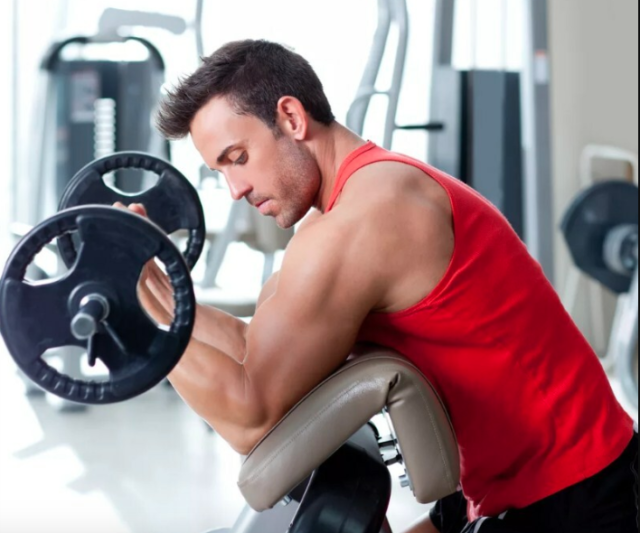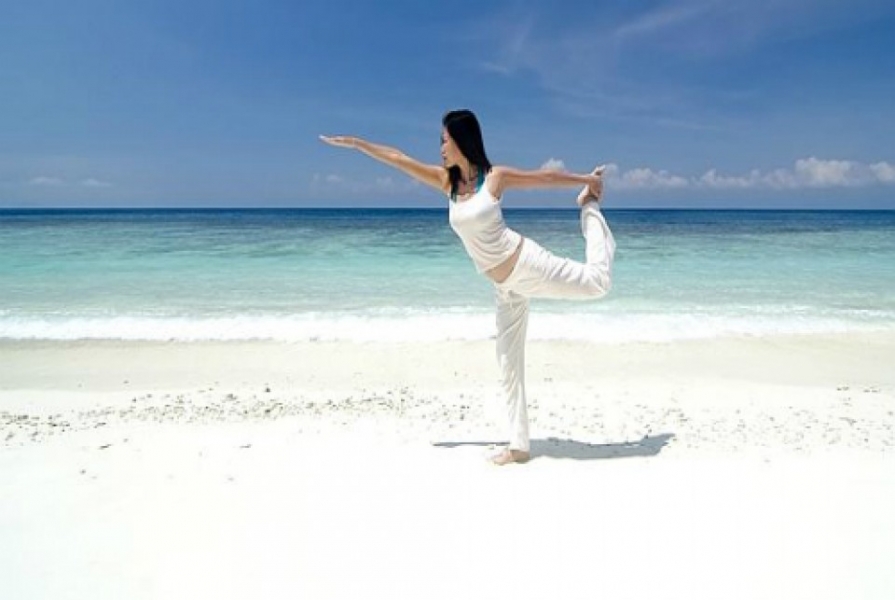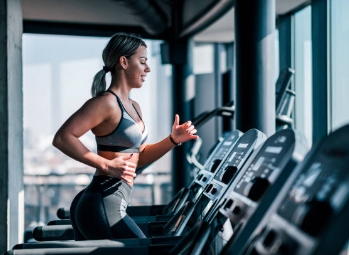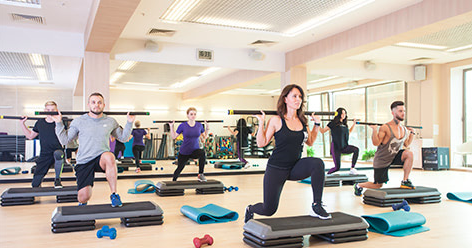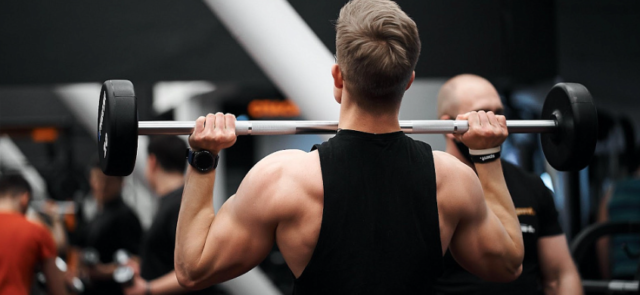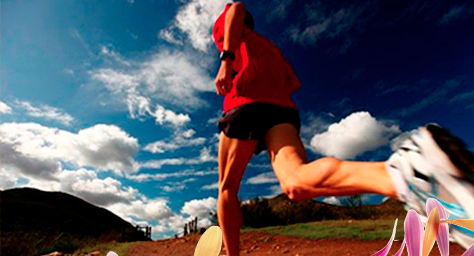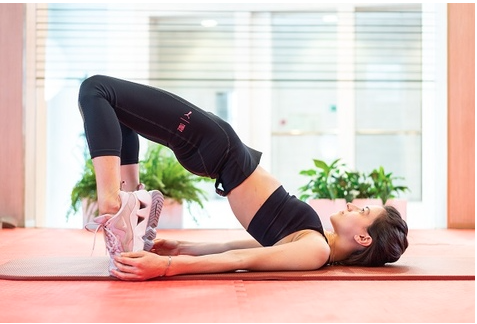Path of Illumination, it brings deep wisdom
“The fruit must reach a certain stage of ripeness before its taste becomes sweet. So the soul must pass a certain stage of development before it can apply wisdom with wisdom. how a flower spreads its fragrance and how a fruit, when it ripens, changes its color and becomes sweet.
The question arises why the awakened ones do not awaken others from the sleep of delusion?
The answer is that small children, whose whole happiness lies in sound sleep, are not recommended to be awakened. Children grow up in their sleep. If they do not go to bed on time, they may become ill and then, later, when they become adults, they will not be able to fully fulfill their purpose in life.
Childhood needs more sleep and kids need to sleep. Such is the nature of immature souls.
These are children, no matter how old their bodies may seem. Their quirks, their joys, their delights are directed to the insignificant things in life, just as the life of children is focused on sweets and toys. That is why the awakened ones walk slowly and silently, so that the sound of footsteps does not interfere with the deep sleep of the sleepers.
Along the way, they awaken only those who toss and turn restlessly in their beds. To those they, these travelers on the spiritual path, quietly give a hand. For this reason, the spiritual path is also called the mystical path.
And there is nothing wrong with waking only a few, leaving many to sleep, but, on the other hand, what a great kindness it is to let those who need sleep sleep.
